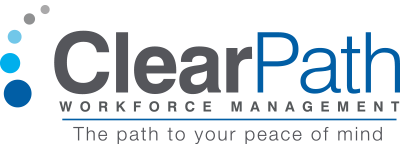ClearPath’s partner, Kay Coughlin, CEO and Chief Facilitator of Facilitator on Fire, is on a mission to help multi-generational teams become higher-performing and happier – and abolish frustrating communication patterns and behaviors! One of the most common tensions between generations is handling flexible work schedules.
It is not surprising, really. Our older generations have worked in largely traditional, non-flexible work settings for much of their careers. The very idea that we could request, recommend or (gasp!) actually use flexible scheduling options? Either these choices were non-existent, or we believed they were only for people who were having personal problems.
Our younger generations, however, have claimed the right to redefine the balance between work and life (we are all in your debt, Millennials!). They have jumped on this newfangled concept of flexible scheduling and remote working. And many of us “older” folks have watched at least one of the “younger” folks get fed up and leave because their requests for more flexibility were dismissed.
It turns out there is a valid reason so many people in older generations resist workplace flexibility. Embracing these new parameters means we would have to (horrors!) change the way we lead and manage. And when the primitive part of a human brain senses change coming, it lights up a neon “DANGER” sign with a flood of brain chemicals. Chemicals that evolved to keep us from dying. Our primitive brain functions think change is the same as a tiger attack. And that, for the primitive brain, is a life-threatening, fear-inducing problem.
So, what’s a leader to do when faced with (for example) a rapidly spreading worldwide coronavirus?
Is it even possible to swiftly implement a company-wide, generation-blind shift to flex schedules and work-from-home options?And to do it without tearing apart the fabric of your existing culture?
Yes, it is. Here’s how:
- Observe and acknowledge the tension around the change. Resisting any thought or idea usually gives it a lot of power. But the simple act of recognizing it will reduce associated fear and related negative reactions. Say to your teams, “We haven’t done this before, so it’s going to be new for most of our leaders and systems, but we’re committed to making it work. We can adapt and succeed.”
- Do your research on how to make it work. These days, successfully managing flex schedules isn’t a new area of practice. The Collaboration Superpowers site, and Work Together Anywhere by Lisette Sutherland and K. Janene-Nelson, are excellent resources.
- Be the squeaky wheel. Don’t stop after you’ve delivered the message about this shift just once – you will likely need to repeat it until you are quite tired of saying it.
- Use my “3 Keys to Great Intergenerational Leadership” this way:
- Be clear. Set the expectation that this is not an optional shift, it’s mandatory. And tell folks you will provide support when things go wrong. (Notice I said “when,” not “if” – because things will go wrong).
- Don’t make excuses for people. Don’t accept any “reasons” why this change won’t work, unless there are legitimate location-dependent circumstances. These reasons do exist – good examples are health care centers, manufacturing floors, and warehouses. But learn to recognize the difference between preferences and non-negotiable situations.
- Model the behavior. You go first! Transition your own team to flex schedules and remote work locations as quickly as you possibly can. The more willing you are to take the risk and adapt, the more your leaders and managers will follow suit.
Creating a rapid shift to flexible schedules and remote working might not be easy. But it is possible – if you are willing to acknowledge the fear of the unknown, be clear that the shift must happen, and support your teams along the way.
Complimentary Webinar
Our modern workplaces are filled with stereotypes about age and our five adult generations. But do these stereotypes really cause problems in our organizations? The truth is the stakes couldn’t be higher: we lose money when we fall for the myths about people of different ages. So, what do behaviors related to age stereotypes – bias, resentment, and animosity – cost you? This webinar is for you if you want to stop wasting resources and ensure future success by attracting and retaining talent, boosting sales, and developing a robust pipeline.
Join us for “Top Myths of Leading Generations,” a complimentary webinar, on May 7th, 2020, at 2:00 PM EDT, presented by Kay Coughlin, CEO and Chief Facilitator of Facilitator on Fire, and hosted by Connie Wendt, Vice President Compliance & Relations at ClearPath.
This webinar will provide SHRM Recertification credit, 1 PDC credit. Recertification is required every three years. Professionals need to earn 60 professional development credits (PDCs) in order to recertify.
Kay Coughlin, CEO of Facilitator on Fire, is well-known for her energy, affection for all generations, and call for leaders to become their best selves by learning to observe their own defaults. She is on a mission to help our five adult generations work together on teams that get results and are higher-performing and happier.
You’ll have the chance to ask Kay your toughest questions.
Please join us!
Register Here: https://zoom.us/webinar/register/WN_Y-y_pSv2S0KHTbZ3S-Zqhg
- Written by: Connie Wendt
- Posted on: April 27, 2020
- Tags: COMMUNICATION, LEADERSHIP, MULTI-GENERATIONS

